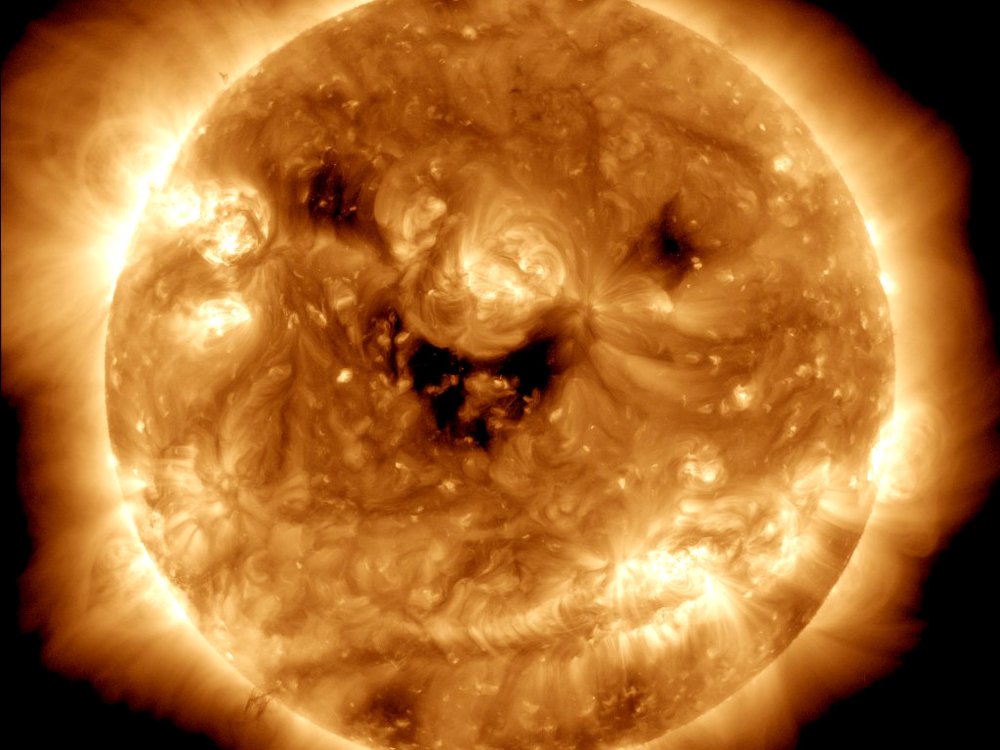

As the star of our solar system, the sun is an incredibly important part of life on Earth. It provides us with light and warmth, and its energy helps to power many aspects of life. While we may take this powerful source for granted every day, there are actually a surprising number of facts about the sun that you may not know!
Did you know that at 1.4 million kilometers (864 thousand miles)across in diameter, it takes up nearly 109 times more space than all eight planets combined? Or that its surface temperature can reach up to 5500 degrees Celsius? . Its mass is about 330,000 times that of Earth, comprising about 99.86% of the total mass of the Solar System
The average distance between Earth and the Sun is 150 million kilometers- which means if you were able to travel at a speed of 300 thousand km/s (the speed limit outside our galaxy), it would still take almost 8 minutes for your journey!
The Sun’s vital role on Earth
The sun also plays an integral role in regulating climate here on earth; without it’s radiation we wouldn’t be able to sustain human life as we currently do. Its ultraviolet rays help create Vitamin D in humans when exposed directly or indirectly through food sources like fish or eggs- without these nutrients people would suffer from deficiencies leading serious health risks including decreased immunity against disease & infection as well as weakened bones due to lack calcium absorption from foods containing Vitamin D .
In addition, did you know that solar energy can be used for generating electricity? Solar panels absorb sunlight which then generates DC current – this current is converted into AC currents using inverters so they can be used by homes & businesses alike! This renewable resource has become increasingly popular over recent years because they offer clean, efficient & cost effective alternatives compared traditional methods such as burning fossil fuels.
The Sun also has quite a unique composition: mostly hydrogen (73%) and helium (25%). But what really makes this star special are all the elements not found on Earth like sulfur or iron– they make up only 2% of our Sun’s mass but give us so much more than we could ever ask for.
Finally let us not forget one last factoid: The Sun has been around since 4 billion years ago- making it one of oldest objects in existence today-and will likely continue shining bright long after human civilization ends… Now doesn’t that warm your heart?!
The Sun’s eventual death
The Sun is a yellow dwarf star, which means it is a medium size star. It is believed to be over 4 billion years old. The Sun spins slowly on its axis as it revolves around the galaxy. The center, or core, of the Sun is very hot.
The sun burns through 600 million tons of hydrogen every second, and eventually when it runs out of hydrogen in its core, the core hydrogen fusion will stop, and the core will contract in about 5 billion years. The sun will expand into a subgiant, and then a red giant during core collapse.
The Sun does not have enough mass to explode as a supernova. The release of gravitational potential energy will cause the luminosity of the Sun to increase, ending the main sequence phase and leading the Sun to expand over the next billion years: first into a subgiant, and then into a red giant and eventually a white dwarf. Hypothetically, it will in the end, reside as a stellar remnant, or black dwarf but this has never been observed in the universe to date. That could take about 1015 (1 quadrillion) years!
With all these amazing facts about our closest star, one thing remains clear : The Sun truly serves vital roles both here on Earth and beyond.

